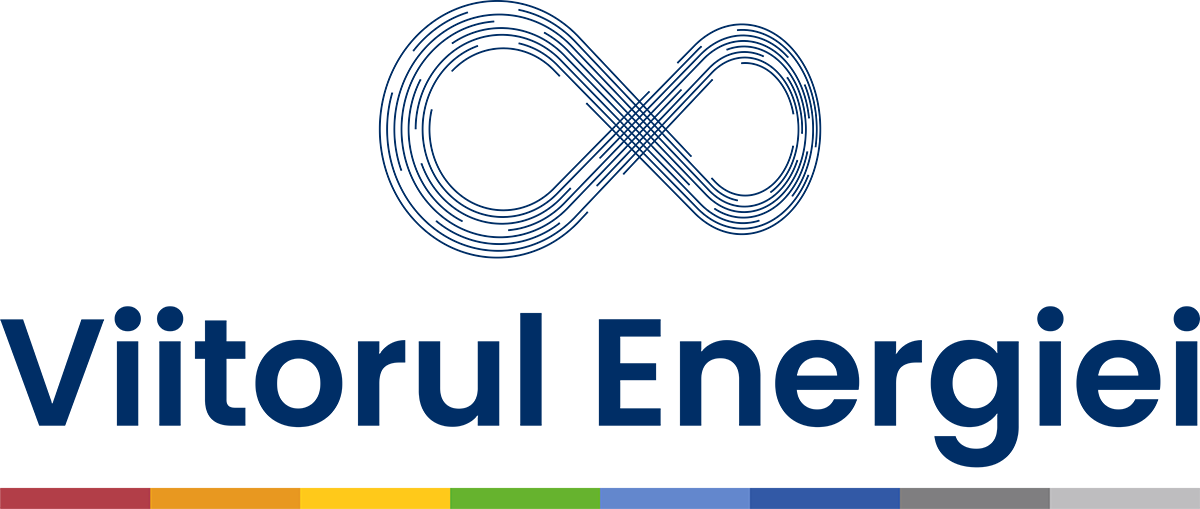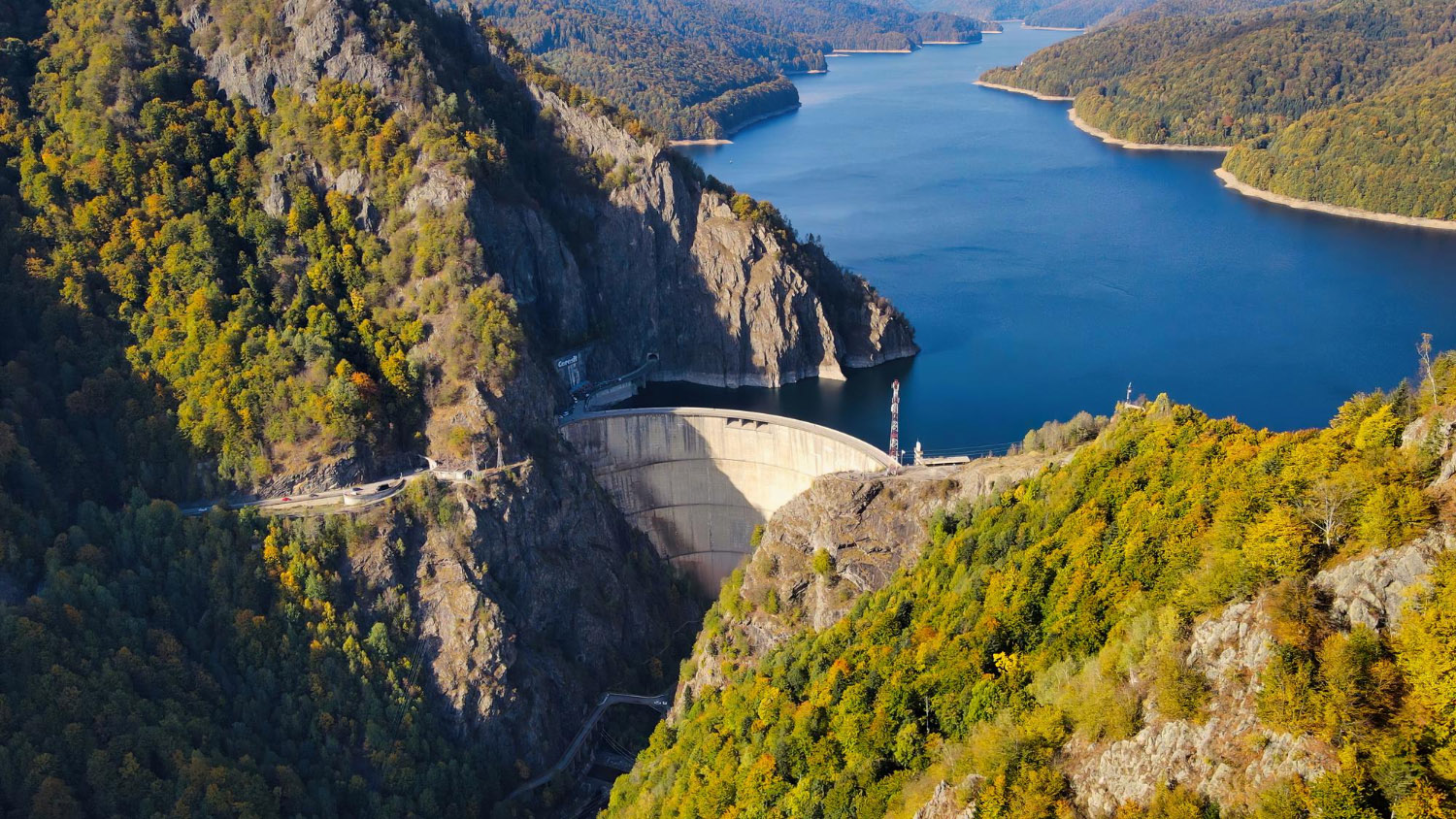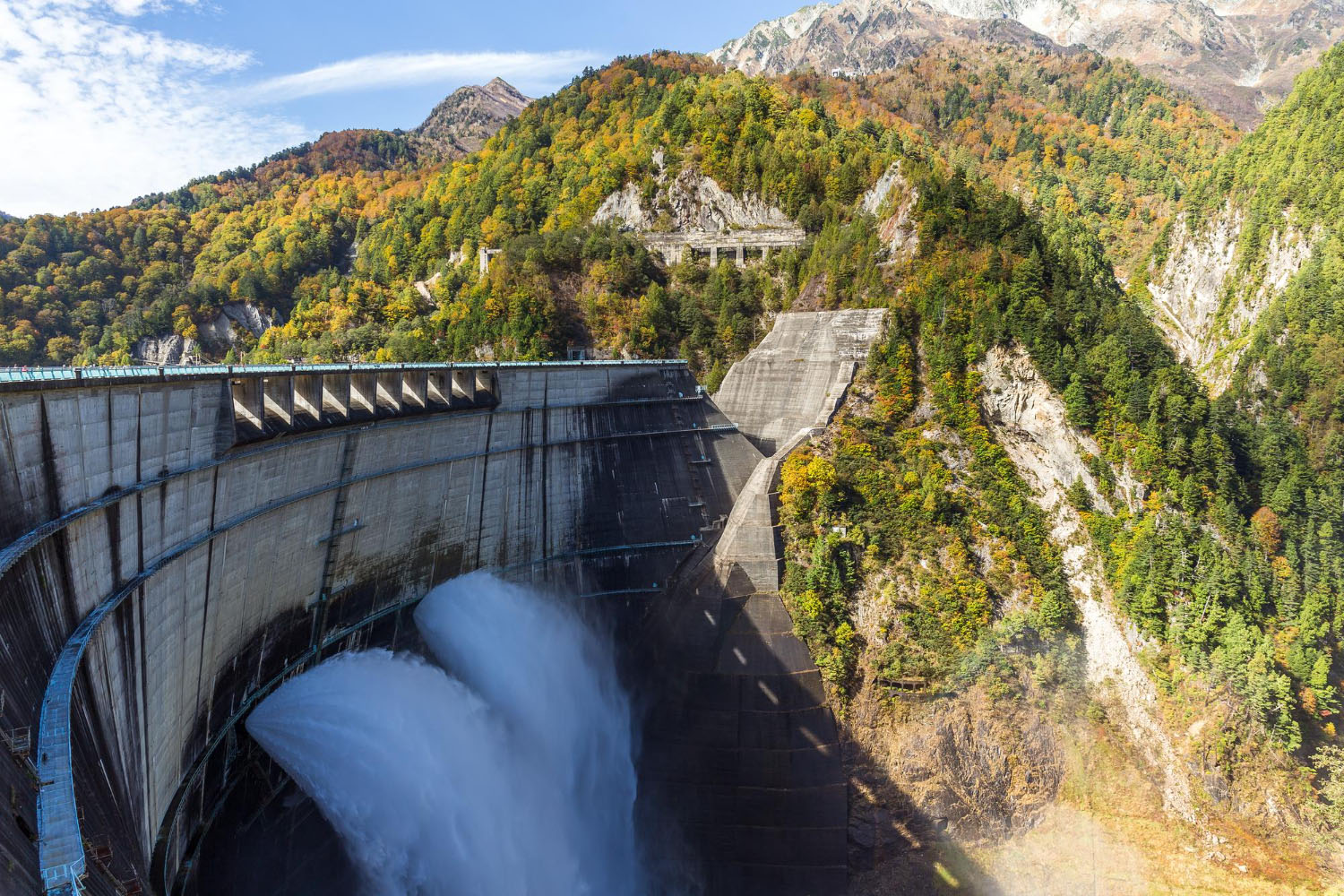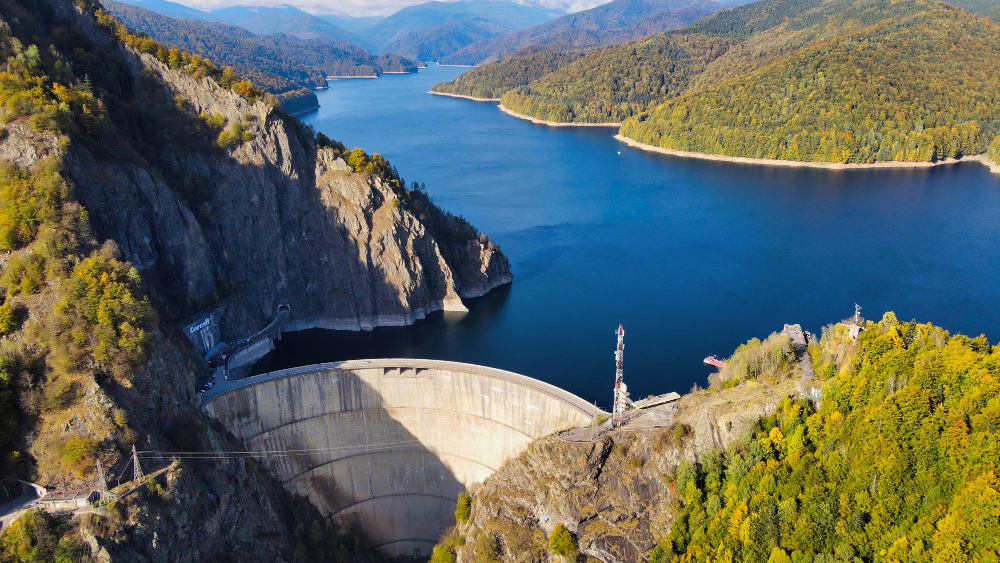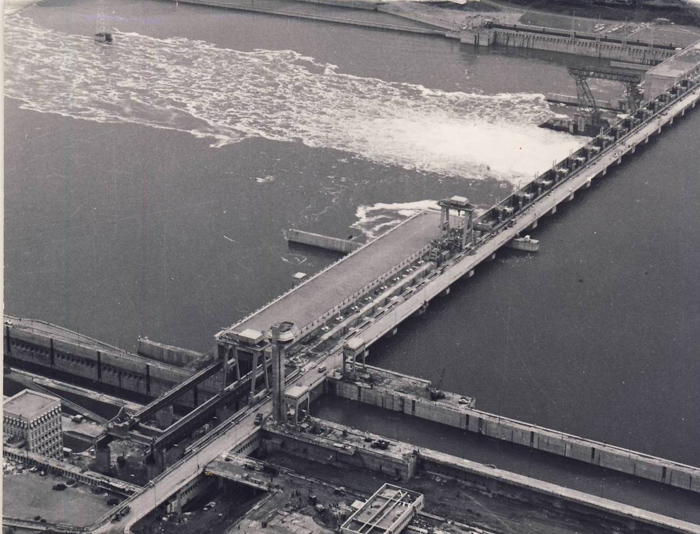Hydropower involves a valuable transformation for society: moving water is used to generate electricity. The power of water has been used since ancient times: the first mention of a water mill was in Greece, 3rd century BC, in the writings of Philo of Byzantium.
At that time, running water was used to turn wheat into flour. Over time, mankind learned to use it to produce electricity. Using the power of water means no carbon dioxide is emitted into the atmosphere, and the energy source is regenerated by the natural water cycle.
Thanks to its rich hydrological resources, Romania has already developed a strong network of hydropower systems, a good part of national consumption being covered by this clean energy with almost zero emissions. A source of pride for our parents' and grandparents' generation, the "hydropower stockpile" can become even richer today, with new investment, benefiting the economy and the environment.
How it works hydropower?
Basically, hydropower plants have a reservoir of water, a valve to control the amount of water flowing from the reservoir and a space where the water ends up after the fall. The water gains potential energy before spilling out of the dam. This energy is converted into kinetic energy, which is converted into mechanical energy in the fall by turbines, and then converted into electrical energy by a generator.
Hydro statistics worldwide
The biggest dam: China
The Three Gorges Dam in China, with an installed capacity of 22.5 GW, is located on the Yangtze River and cost the equivalent of 32 billion dollars to build.
- The dam's reservoir holds 42 billion tons of water.
- The reservoir covers 1,045 square kilometers.
- The mass of this reservoir is large enough to slow Earth's rotation by 0.06 microseconds.
This important construction also has a strong environmental impact. According to Visual CapitalistA 2010 study showed that the dam has triggered more than 3,000 earthquakes and landslides since it was built in 2003.
Top countries with the highest hydropower production
First 10 hydropower producing countries in the world are China, Brazil, the United States, Canada, Russia, India, India, Norway, Venezuela, Sweden and Japan. These countries generate about 60% of the world's hydropower.
Europe's top hydropower producers
The European countries with the highest installed capacity are Norway, Turkey, France, Italy, Spain and Turkey, according to a 2022 statistics.
In this chart, produced by Visual Capitalist, the world's 5 largest hydro dams, located in China and South America respectively, are nominated.
Types of hydropower systems
There are four main types of hydropower systems. These technologies can be used concurrently in the same establishment.
Systems on river course: a plant that uses the force of flowing water in a river to turn a turbine. Such a project generally has a low water storage capacity. These systems provide a continuous supply of electricity with flexibility of operation according to daily fluctuations in water flow.
Storage systemsTypically, these large systems use a dam to store water. Electricity is produced by releasing water from the reservoir to a turbine, which drives a generator. These systems can be switched on and off at short notice, depending on the requirements of the system. Depending on construction features and weather conditions, water storage capacities provide operation independent of hydrologic flow for many weeks or even months.
Pumped storage systems: involve using water circulating between the lower and upper reservoirs. During periods of low demand, pumps use surplus energy from the grid to transport water to the upper reservoir. When electricity demand is high, water is released back into the lower reservoir through turbines, generating electricity.
Offshore systems: technology that uses tidal or wave power to generate electricity.
Hydropower in Romania
Romanian Energy Strategy 2025 - 2030 describes the current situation and development prospects for hydropower:
- Hydropower is currently the main source of renewable energy, with approx. 34% of Romania's final electricity consumption.
- Hydropower plants have a high efficiency and pumped storage hydropower plants provide a key role in the balancing market.
- At the beginning of 2024, the net installed hydropower capacity was 6,139 MW.
- The main producer is Hidroelectrica, which operates power plants with project energy totaling 17.68 TWh/year. Approximately 0.80 TWh/year is the project energy of all micro-hydro plants owned by other operators.
- Most hydropower plants were built between 1960-1990, so they are
Urgent investment in efficiency improvements needed. Hidroelectrica is in the process of realizing, until 2030, total investments of more than €800 million, which include the construction of about 200 MW of new capacity, the completion of some hydropower capacity already started, as well as the diversification of the production portfolio.
- In 2021, the additional technical hydropower potential that could be developed in Romania was estimated (project energy) at approx. 10,30 TWh/year.
Concrete action on hydropower
At the beginning of 2024, the Ministry of Energy announced that it would initiate, in the coming period, several draft normative acts aimed at accelerating Hidroelectrica's investment projects, according to AGERPRES.
The focus is on major projects such as the CHE Curtisoara, the Pașcani hydropower scheme on the Siret river, the Bumbești-Jiu scheme and the Răstolița hydropower scheme.
